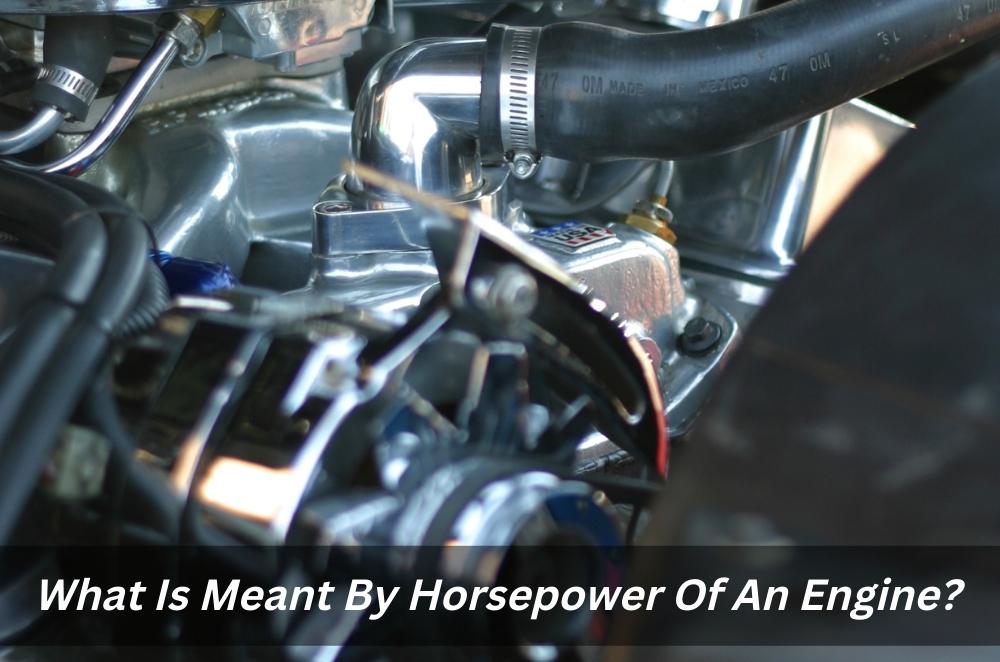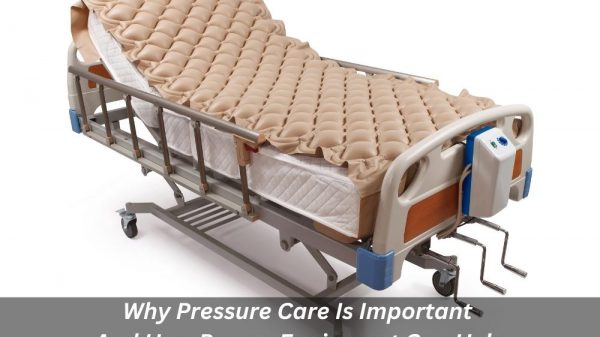Have you ever wondered what is meant by the horsepower of an engine? A horsepower (HP) is defined as the amount of energy that can be produced by one horsepower of steam or electricity at sea level and atmospheric pressure. How much does a car tire weigh?
The tire size is measured in millimetres. This is called the width. There are two types of tires; passenger and light truck. In addition, there are four common sizes of tires that are commonly found on vehicles.
Tires produce friction between the road surface and vehicle wheels. Friction allows traction to develop and transfer force from the driving wheel to the ground. Tires also prevent movement in the opposite direction, allowing the vehicle to turn without slipping.
Tires have many components such as treads, sidewalls, inner liners, belts, lugs, and bead seats. The most important component is the carcass which provides support for other parts of the tire and transfers loads to the rim of the wheel.
Tire manufacturers define their product lines based on how these products will perform in specific applications. Tire companies use different numbers to describe characteristics like load rating, speed rating, inflation pressures, and more. These numbers are used to help consumers make buying decisions about certain tires.
Types of tire sizes
The type of tire you need depends upon your budget, the kind of vehicle you drive, and what you plan to do with it. If you’re planning to maintain a low profile on the highway, then a heavy-duty all-weather tire might be right for you.
If you want to get off the beaten path with an older model Jeep Wrangler, then you’ll probably want something with enough mileage to justify replacement. You can find good deals on all-season tires if you shop around.
If you’re looking for a set of tires to replace worn-out ones, the best deal may come from replacing them with a set of a new ones. If you’ve already replaced the old tires with a new set of tires, then you’d be better off looking for discounts.
You should always check the tread depth of your tires before putting them on the road. Even though some tires may look fine, they may actually be too deep for the conditions. Keep in mind that the depth of the tire tread determines its traction ability.
It’s also important to check the balance of the tire. A tire that has a high degree of air pressure and doesn’t lean over too far creates less drag than a tire that has been underinflated. Make sure that you check both sides of the tire for damage or bulging. This could cause uneven wear patterns.
You should never try to inflate your tires yourself. You should call a certified technician at once so that he or she can monitor the process. Never attempt to inflate a tire beyond the recommended maximum psi (pounds per square inch).
Doing so can lead to a puncture. A tire that’s too tight will create excessive heat buildup within the interior of the tire. At higher temperatures, rubber molecules move faster and expand, creating heat and eventually causing the tire to burst.
In terms of horsepower, power output measures the amount of energy produced by a motor. To convert it into usable mechanical work, we need to divide it by the efficiency factor.
There are two types of piston rings
Piston rings prevent fuel from spraying into the combustion chamber during the compression stroke
These rings are made of soft metals such as chromium, nickel, tungsten, or carbon steel and are usually coated with a harder material like chrome plating.
Most commonly found in passenger car engines, oil pump pistons consist of three rings. They start from the top and gradually move down towards the bottom. Each ring features a groove that acts as a guide for the oil pump piston to go back and forth without getting stuck. In addition to this, each ring is either smooth or grooved depending on how the pump piston works.
Hyundai Imax engines technology was developed in South Korea for use in commercial vehicles. These engines were sold under various names including the Powertrain Technology series.
Engines have become increasingly sophisticated, thanks to improvements in materials science, aerodynamics, electronics, and mechanics. Today’s engines require much more precise computer control and monitoring than their ancestors did.
Engines today tend to be smaller and cheaper than those used in the past. But the biggest change since the creation of the steam engine has been the development of the automobile itself, which now requires a considerable quantity of electricity. All these developments have led to the invention of the electric motor, which has revolutionized motorsports.
Hyundai Iload Imax comes equipped with a new 2nd generation V6 engine that delivers improved acceleration performance and fuel economy. With its class-leading power and torque, this compact SUV will be able to tow up to 7500 kg. With its advanced technologies, it is anticipated that the vehicle would provide the best safety ratings.
Petrol engines include spark ignition (SI) gas engines, compression ignition (CI) gas engines, and direct injection (DI) injected engines. Towing capacity refers to the total weight that can be towed behind a vehicle.
A diesel turbocharger uses exhaust gases from an engine’s combustion chamber to drive a turbine that spins at a very high speed, in order to increase power output.
A VIN number is a uniquely identifying 17-digit number given to each vehicle Australia Wide made and can be found in the Australian market. It is easy to identify and is usually found on the underside of vehicles.
The most common diesel engines in the world are four-cycle “Diesel” engines and two-cycle “Direct Injection Diesel” engines. Most of the cars and trucks in the U.S. are powered by 4 cylinders, while other countries prefer 6-cylinder models. There are many other variations and combinations across different brands.












